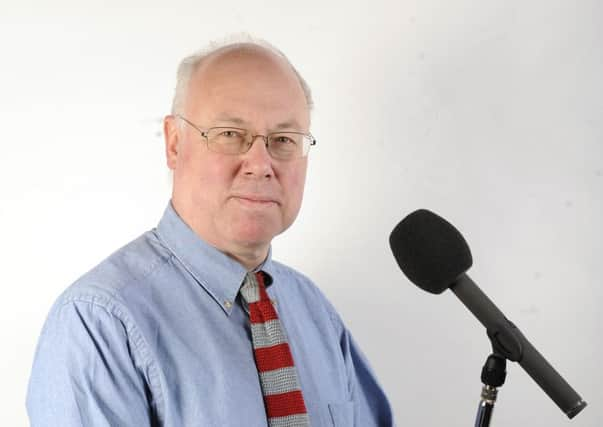Comment: Oil slides | bond issue


That means we could see further price gyrations till a new benchmark emerges. According to the International Energy Agency, there will be even more oil in 2015. From Opec to US shale oil producers, everyone is pumping like crazy in order to secure market share before the inevitable industry shakeout and price rebound.
The big question is who will still be around when the dust settles? Around 15 per cent of US shale producers are already in the red, and some estimates suggest more than half could be in trouble if US crude falls below $55. On the other hand, much of US shale oil and gas output has been hedged on the futures markets, so they are ready to face down Opec and the Saudis.
Advertisement
Hide AdAdvertisement
Hide AdThe real worry has to be the North Sea, where the marginal cost of production was already high. Interestingly, the Norwegians are taking the crisis in their stride. Oil and gas may constitute a quarter of their GDP, but that is a good reason in itself to diversify. This week’s interest rate cut should boost non-oil exports but cutting the exchange rate, and a squeeze in the energy sector should ease costs in the ultra-tight Norwegian labour market.
Which leaves the UK sector of the North Sea holding the parcel. The UK and Scottish governments are both still addressing last year’s problems of how to expand production, when the agenda has become the industry’s very survival. That demands slashing taxes on the sector.
John Swinney’s word is his bond
The UK Treasury has confirmed it has begun the formal legal process to allow the Scottish Government to issue its own bonds. Under the Scotland Act of 2012, Holyrood gets the power to borrow up to £2.2 billion for capital investment, starting in 2015-16.
If the Smith Commission proposals are enacted, this arbitrary borrowing limit will be lifted. Chip in bond issues by the other devolved administrations and the Manchester city state, which must surely come, and you have a whole new sub-Treasury bond market to invest in.
To glimpse what this might look like, consider Australia. Individual state and territory governments in Australia are free to issue debt – what is known as the semi-government bond market – which has contributed to growth in the fixed-income market, providing low-risk investments over long maturities.
A deeper capital market has enhanced overall liquidity. Semi-government securities now form a significant share of the reserve assets of Australia’s financial institutions, urged on by the Basel III reforms which require banks to hold higher levels of liquid securities.
I have a vision of the future: Standard Life customers beholden to John Swinney for their pension income.